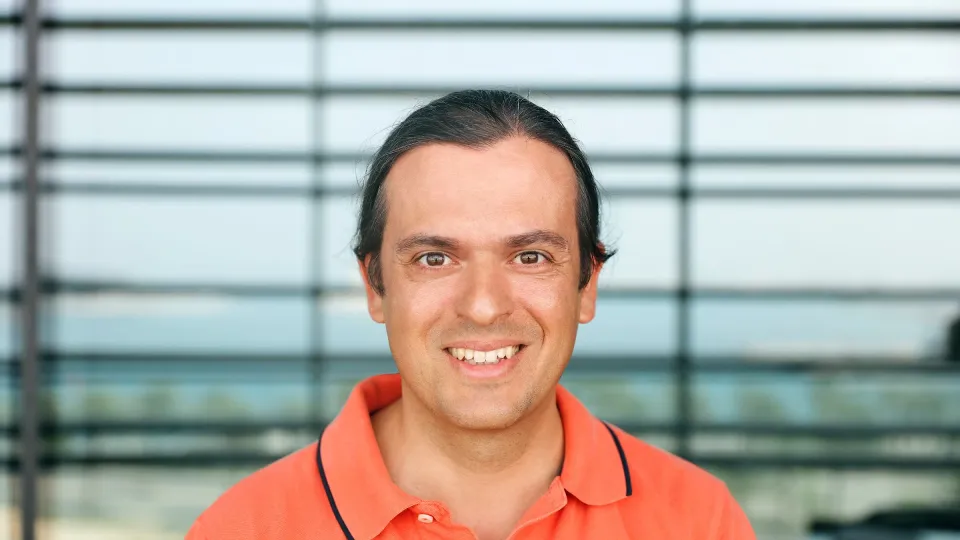
KAUST team finds solution to staff transfers at the Saudi Ministry of Health
A team of KAUST scientists from the University's Computer, Electrical and Mathematical Science and Engineering (CEMSE) division worked to design an enhanced transfer system for the Saudi Ministry of Health (MOH) to help find solutions for employee localization.
About
A team of KAUST scientists from the University's Computer, Electrical and Mathematical Science and Engineering (CEMSE) division worked to design an enhanced transfer system for the Saudi Ministry of Health (MOH) to help find solutions for employee localization.
The team has just completed the concept phase and is moving towards the implementation phase. They aim to launch the new transfer system at the MOH to guarantee a better-balanced distribution of the ministry's staff across the Kingdom and optimize staff satisfaction. The new service offers to cover all health entities.
"This collaborative research project addressed a challenging problem that has a big impact on healthcare professionals and ultimately the quality of services provided to the public," said Saudi Minister of Health Dr. Tawfiq Al-Rabiah.
"The problem is that a large percentage of MOH employees work far away from their families," he continued. "The MOH and KAUST team developed an innovative and effective optimization model to optimize human resources (HR) allocation to find suitable locations to work closer to their families."
A year ago, the MOH approached the KAUST team with a problem concerning their current employee transfer system. There was a lack of satisfaction among employees generated by low transparency and a subjective approval process on receiving requested work locations.
The KAUST team, which consisted of Omar Knio, professor of applied mathematics and computational science from CEMSE; Sultan Al-Barakati, a Ph.D. student from CEMSE; and Ricardo Lima, a KAUST research scientist, came up with a concept to address these problems and submitted a proposal to MOH before the concept phase launched in January this year. The proof of concept was demonstrated during a nationwide competition. The team aims to cover all health entities during the implementation phase.
"Based on discussions with colleagues at MOH and with KAUST management, it was felt that spinning off a company that would start by transferring this technology and making sure it is implemented and deployed as a first step would be the right thing to do," Knio said.
In response to the lack of transparency, the team came up with a system of dashboards that allowed the applications to be published live and disseminated in real time with the individual scoring of the employees.
Read the full article

